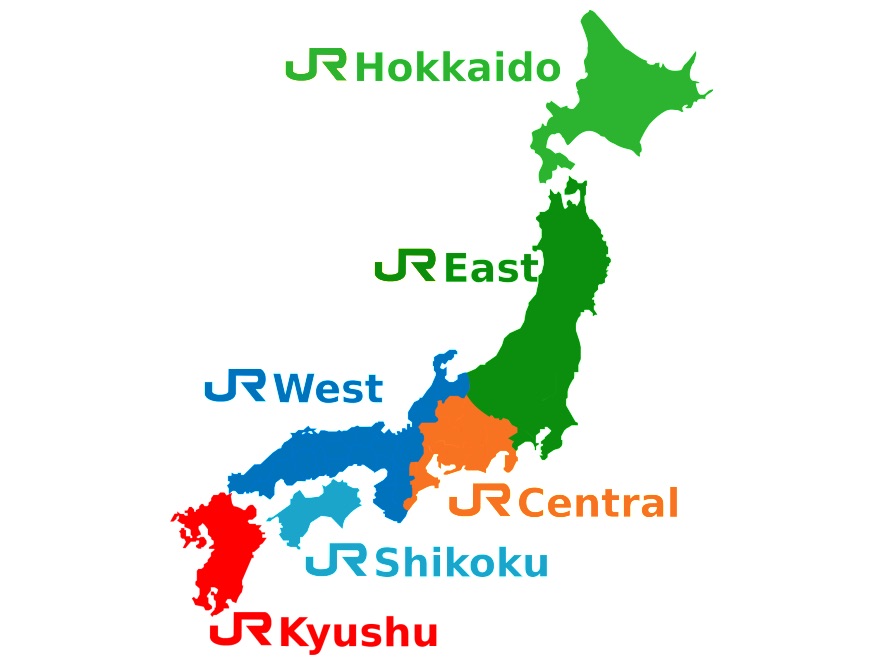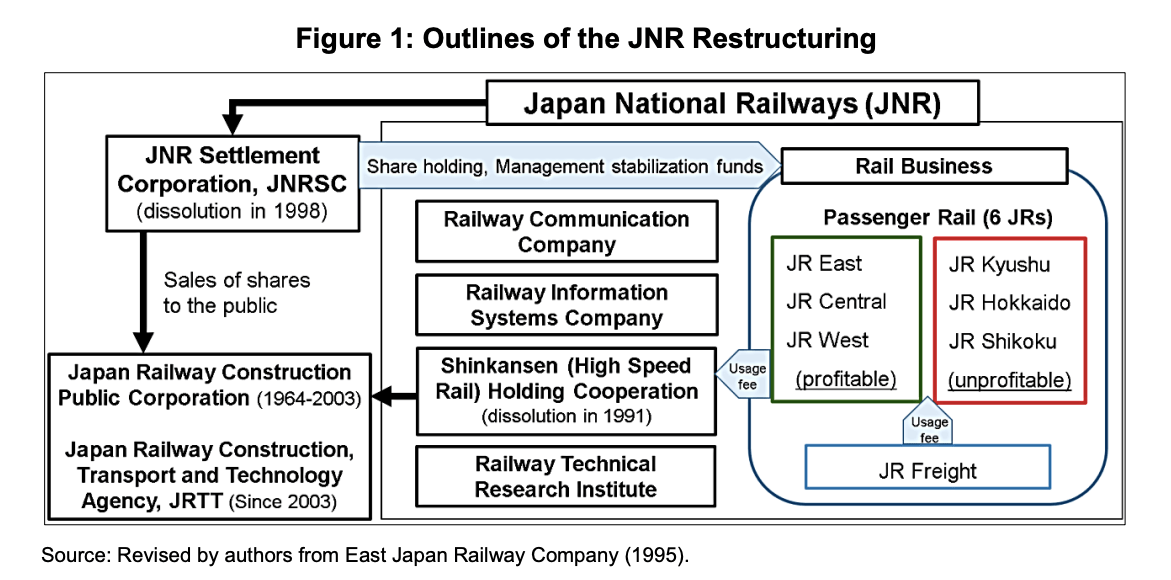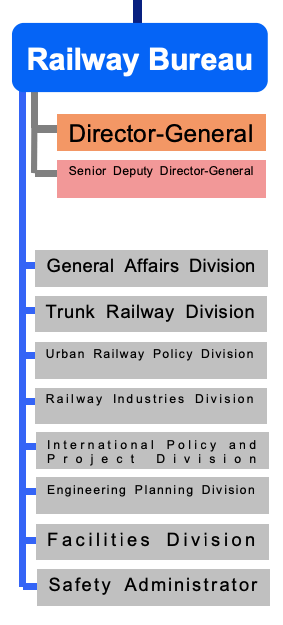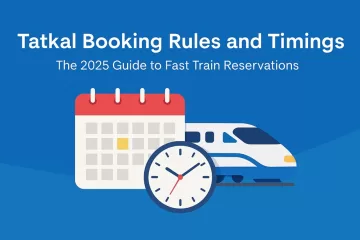The Privatisation of Japan Railways: Why & How – Privatisation of Indian Railways

Why privatisation:
Privatisation of Railways is controversial elsewhere, but many of Japan’s privatised rail operators are profitable and efficient. What did they do differently? Has privatisation of the railways really been a success in Japan?
Privatization of state-owned enterprises has been globally prevalent since the 1980s with a primary objective of improving their performance in profitability and provision of better service through the ownership change.
- Japanese National Railways was privatised in 1987 and broken into six regional rail companies and a nationwide freight company.
- State owned Railway: Prior to Restructuring, Japan’s National Railway (JNR) was a State owned railway. There was constant government intervention at every level. The government approved the matters related to allocation of budgeting, operation plans, fares etc.
- The huge organization: JNR was spanned the entire country with a large number of employees, resulting in inflexible budget formulation, and a lag in satisfying customer needs. In particular, a lack of a clear understanding of the actual management conditions by region or division made it difficult to implement strong corporate strategies.
The large organisations could not respond flexibly to satisfy customers’ changing needs.
- Ineffective management: JNR’s unified nationwide management was ineffective to understand respond to the local needs. The labour union failed to see the worsening finances and refused to cooperate with the management.
- Competition with other transport modes: Increasing competition from other modes of transport eventually led to massive financial failures for JNR.
- Huge Debt & High Operating Ratio: JNRs share in passenger transport volume dropped sharply from 55% in 1955 to 23% in 1985. The share of freight transport volume dropped more drastically from 52% to 5% over this same period. Abnormally high personnel expenses (amounting to 78% of total revenues at their peak, compared with about 40% for private railways) and JNR’s consistent policy was to continue to cover its deficits by borrowing led to annual loss in 1985.
By 1987, JNR’s debt was over ¥27 trillion ($280 billion at 2009 exchange rates) and the company was spending ¥147 for every ¥100 earned.
Means, JNR was making huge losses for operation of Trains.
Here, just think about present economical and organisational condition of Indian Railways!!! Also Read- क्या हो रहा है Indian Railway का निजीकरण ???
Aim of Privatisation of JNR
The aims of privatization of a state owned JNR was to-
• Eliminate external interference
• Clarify management responsibility
• Normalize labor-management relations
• Diversify business fields
• Create manageable scales
• Strengthen regionalized management and collaboration
• Remove irrational interdependence
• Promote incentives for competition and marketization
How privatised: Restructuring of Japanese Railways
The main problem with JNR was two-fold:
- The company was too large an organization to be managed properly and
- it had to operate under political influence as evidenced by its operation of even unprofitable lines built only for political purposes.
Thus, the Japan’s National Railway was privatised and restructured on the Geographical and Functional basis.
- The Japanese Railway privatisation divided JNR into six private regional passenger companies (JRs) and a nationwide freight carrier; JR Freight.
- The Japanese Railway privatisation of 1987 led to the Regional subdivision by geographical demand upon six regional passenger railway companies, and each company would gain control over decisions about which lines to operate and which lines to close.
• Hokkaido Railway Company (JR Hokkaido)
• East Japan Railway Company (JR East)
• West Japan Railway Company (JR West)
• Central Japan Railway Company (JR Tokai)
• Shikoku Railway Company (JR Shikoku)
• Kyushu Railway Company (JR Kyushu)
• Japan Freight Railway Company (JR Freight)

- Horizontal separation (or regional subdivision): Three on the main island of Honshu and one each on the three islands of Hokkaido, Shikoku, and Kyushu.
- Functional distinction (or passenger-freight distinction): functional distinction of freight and passenger market was made. The JR freight was separated from the JR passenger and allowed to borrow tracks from infrastructure-holding passenger JRs, instead of holding the infrastructure itself.
- Vertical integration (or operation and infrastructure integration); Each JR company owns the rolling stock and infrastructure. If a rail operator needs access to another company’s tracks for operation is allowed based on negotiation between infrastructures providing company and the operator.
- lump-sum subsidies for low-density JRs: Management Stability Fund (MSF) was established for passenger trains in Hokkaido, Shikoku, and Kyushu islands, where the population was low.
Unique about privatisation of Japan Railways
In Japan, the former Japan National Railways was split up along regional lines and then everything was sold together. For example, JR East, centred on the city of Tokyo, owns its tracks, its trains and its stations outright. A private JR Central operates from Nagoya and JR West from Osaka, but the unprofitable JR Hokkaido, which operates many rural lines on Japan’s northernmost island, is still 100 per cent publicly owned.
Outlines of the JNR Restructuring…
Source : The Privatization of Japan Railways: Why, How, and Now

In India, the Ministry of Railways is responsible for the country’s rail transport. Similarly, in Japan, Ministry of Land, Infrastructure, Transport and Tourism is having Rail Bureau for managing the rail transport.
Railway Bureau of Japan is having following sub-divisions.

Read more about-
- Revised Organizational Structure of Railway Board
- Cadre Controlling after Restructuring, OO. 65 of 2020
What do you think of the privatisation of Indian Railways? Would it be successful in India, if Railway privatised? Let us know in the comments section below.



2 Comments
Mohit · October 4, 2020 at 9:40 pm
The process of privatisation of Indian Railways has been launched by the Government since 2014, Many steps have been taken but the Minister of Railways still says that there is no plan or proposal of Privatisation of Railways.
Ankur · October 5, 2020 at 4:18 pm
Indian Railways is in huge debt, and having large organizational setup. Therefore, it must be privatized like Japan Railways.